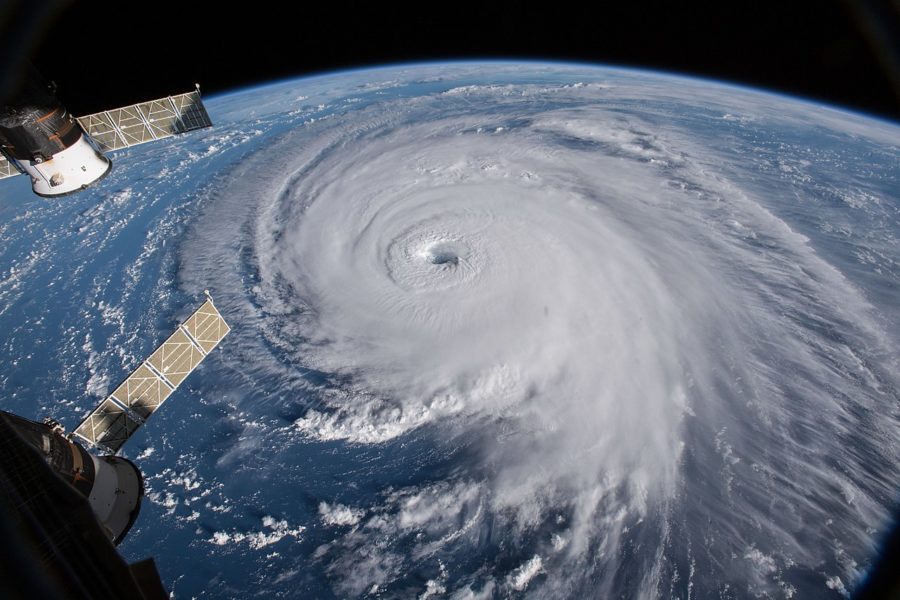Hurricane Florence
September 21, 2018
After last year’s terrible hurricane season, most people thought that we were due for a break. However, this season returned with a vengeance as Hurricane Florence hit the Carolina Coast on September 14th. Hurricane Florence formed in Africa at the end of August and slowly moved across the Atlantic for weeks. On September 4th, the
storm reached a Category 4 for the first time. However, this wind speed was too high to sustain and the hur-
ricane ripped itself apart slowing itself down to a tropical storm few days later. Once again, in just three
days, Florence worked itself back up to a Category 4. When Florence reached land, it slowed itself down to a Category 1 with wind speeds of about 80-90 miles per hour, previously having winds speeds above 100 miles per hour. When it made landfall at Wrightsville Beach, Florence slowed down and only moved at a pace of 2-3 miles per hour. As a result, it dropped a lot of rain in a very small amount of time, flooding both inland and costal cities. Some
of these cities reported over 30” of rain during this period. Less than a week after reaching land, the hurricane brokeup over West Virginia. As of October 2nd, Florence has a death toll of 51 and has caused billion of dollars worth of damage. However, Florence did not travel as far north as previously predicted because it stalled out. This resulted in a lot more flooding in the locations that it hit, which damaged the cities even more. Currently, the Federal Emergency Management Agency (FEMA) is trying to help with the damage, doing things such as a Rumor Control department that is trying to dispel rumors on how to help. One such rumor would include going to the beach to get sand for extra sandbags. This department is helping keep people from doing anything that could endanger their lives even more. In providing this kind of aid, FEMA has demonstrated how important an agency it is by keeping our nation safe from unstoppable natural disasters.




